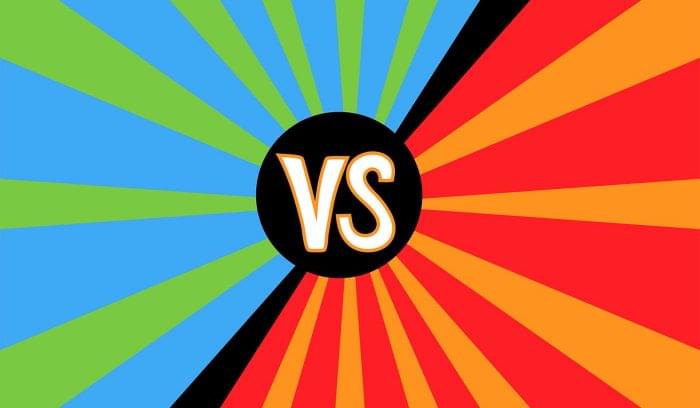

Benioff pledged in 2018 that the company would be making $60 billion in revenue by 2034.

This acquisition would be rolled into The Marketing Cloud, one of Salesforce’s most popular current offerings. Their subscription-based pricing model proved highly attractive to customers-to the organization it was highly lucrative and extremely scalable.īy 2009 they reached $1 billion in annual revenue and acquired email service provider ExactTarget in 2013. An innovative third-party app marketplace was launched in 2005, featuring applications and integrations designed to run on the Salesforce platform, which has spawned a number of businesses. Over time, the organization greatly expanded the platform’s capabilities, customization, and interoperability. Regardless, Salesforce quickly picked up customers and launched a $110 million IPO in 2004. What’s more, many viewed with skepticism the software delivery method: browsers. The premise: make accessible web-based software, available at all hours of the day, cutting out the need for expensive, custom CRM implementations.ĭespite the high cost of status quo CRM options, the business world was skeptical of letting a third party hold customer data.

Marc Benioff hatched the idea of Salesforce in 1999, leaving his job in sales at Oracle to eventually found Salesforce with his three co-founders. Currently valued at a staggering $146.2 billion, Salesforce is headquartered in San Francisco’s financial district-inside the Salesforce Tower-the second-largest building west of the Mississippi. Salesforce has done more to advance cloud adoption, and the software-as-a-service business model, than the rest of its competitors. For organizations lost in deciding between two substantial software packages, made more powerful and complex through regular product updates and new tool integrations, we’ve put together the ultimate comparison guide. However, neither platform can be said to be plainly superior to the other. HubSpot has helped introduce smaller teams to CRM with a free offering and popularized the revolutionary practice of inbound marketing. Salesforce has focused on creating a profoundly flexible, customizable, and interoperable software among enterprises. HubSpot, the closest competitor, holds second place in terms of user install base but has similarly revolutionized marketing and sales processes. That’s for a good reason Salesforce has dominated the industry since popularizing the software-as-a-service sales model and cloud applications early in the new millennium. The San Francisco-based software giant is synonymous with CRM, just as Kleenex is for facial tissues. When you think of customer relationship management (CRM) software, Salesforce is likely to pop in your head.


 0 kommentar(er)
0 kommentar(er)
